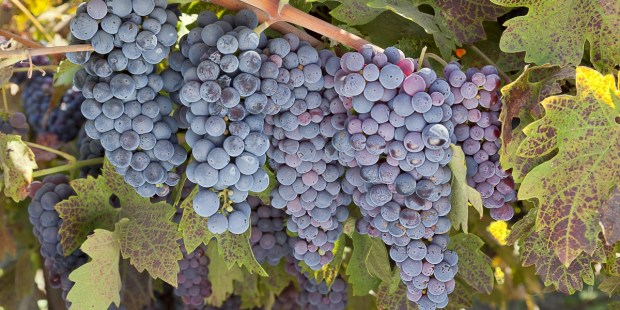- Feb 5, 2002
- 166,683
- 56,300
- Country
- United States
- Faith
- Catholic
- Marital Status
- Married
- Politics
- US-Others
Benedictine monks have been keen winemakers since the Middle Ages, and many of their communities continue to produce high quality vino to this day.
September marks the beginning of wine harvesting season in Italy, with thousands of small, medium, and large wine producers getting organized for the culmination of year-long farming efforts. In the region of Tuscany, perhaps the most famous wine producing region in the world, four wineries are carrying on the winemaking tradition started centuries ago by local monks.Abbey of San Michele Arcangelo
Nestled on top of the Chianti hills, the Abbey of Saint Michael Archangel in Passignano was founded in the 12th century by a congregation of Vallombrosan monks, a sub-order of Benedictine monks who specialized in forestry, winemaking, and farming. For centuries, monks have turned the iconic red grapes of Chianti into a delicious ruby-colored wine mostly destined for the Abbey’s own consumption.During the 19th century, Napoleon – who then ruled parts of Tuscany – ordered the suppression of all monasteries. The Abbey’s monks moved to a nearby villa and the monastery and its vineyards became property of the government. On October 10, 1986, nearly 200 years later, the monks reappropriated the monastery.
Today, the monastery produces some of the best known bottles of Chianti Classico in the area. In 1987, Antinori, a 600-year-old winemaking company based in Florence, bought the monastery’s vineyards and currently produces one of its best-selling wines, the “Badia a Passignano,” in collaboration with the Abbey’s monks. Each bottle is aged in the Abbey’s 10th-century cellars.
Continued below.

Four Tuscan monasteries have been making wine for centuries
Benedictine monks have been keen winemakers since the Middle Ages, and many of their orders continue to produce high quality vino to this day.
